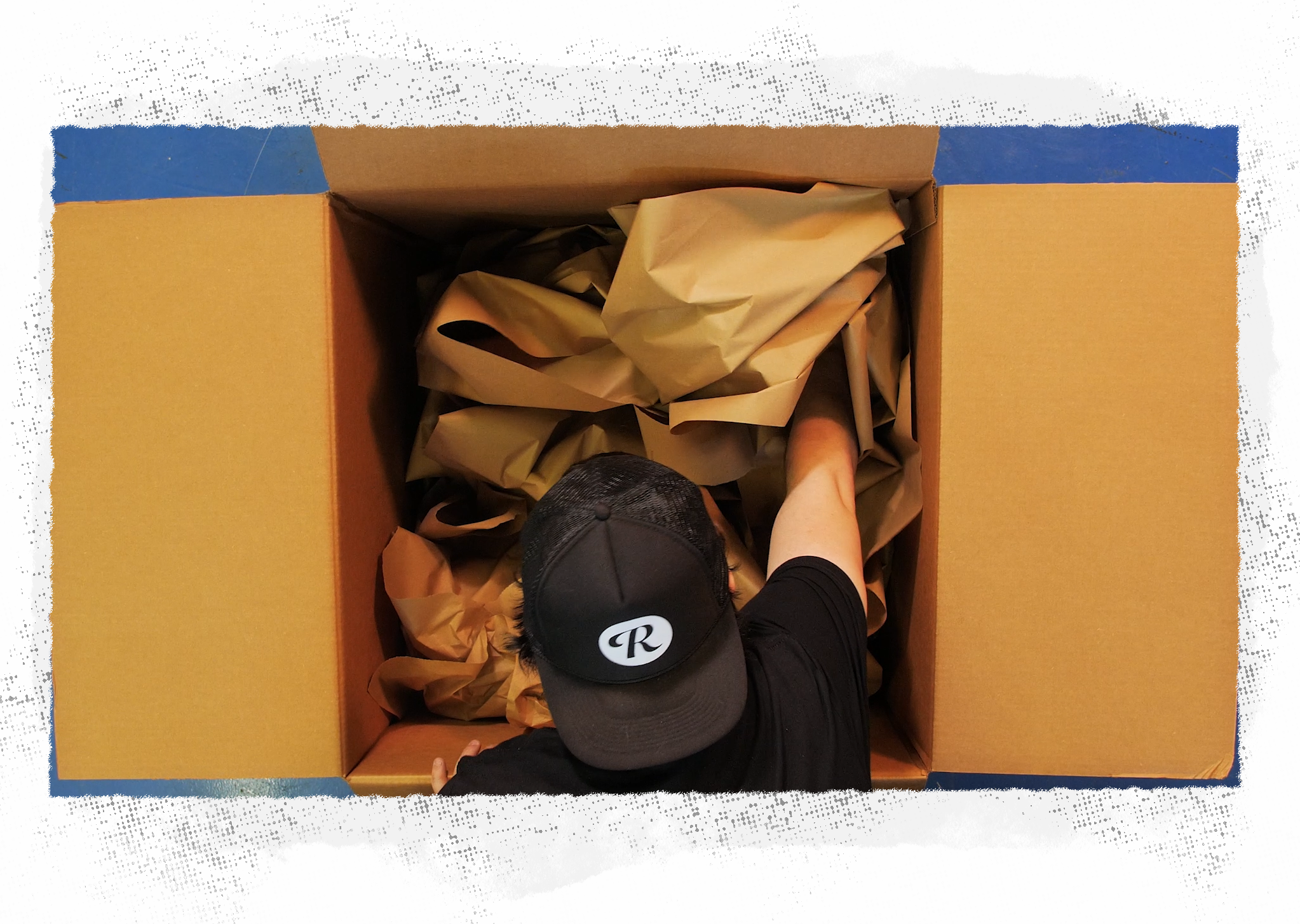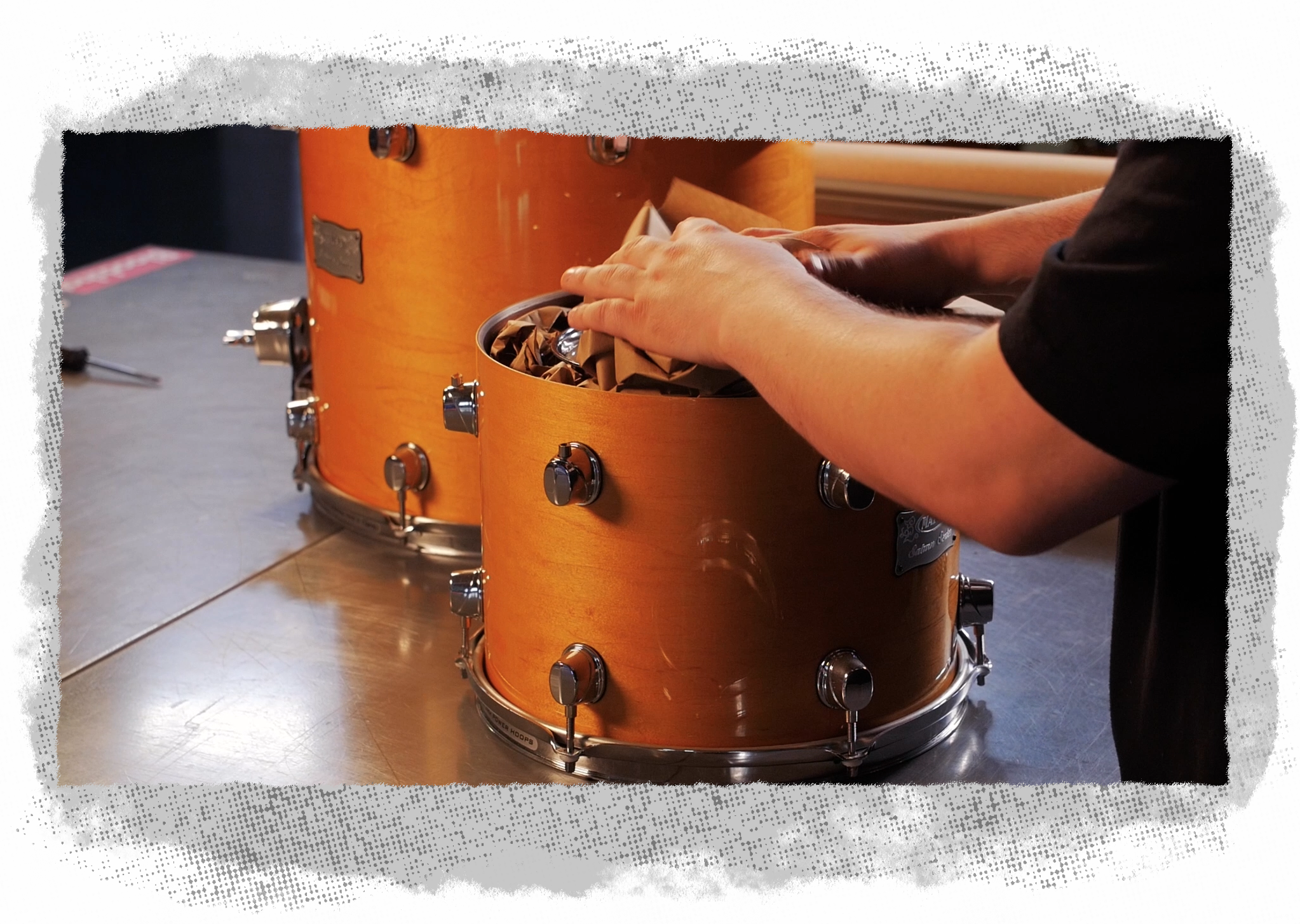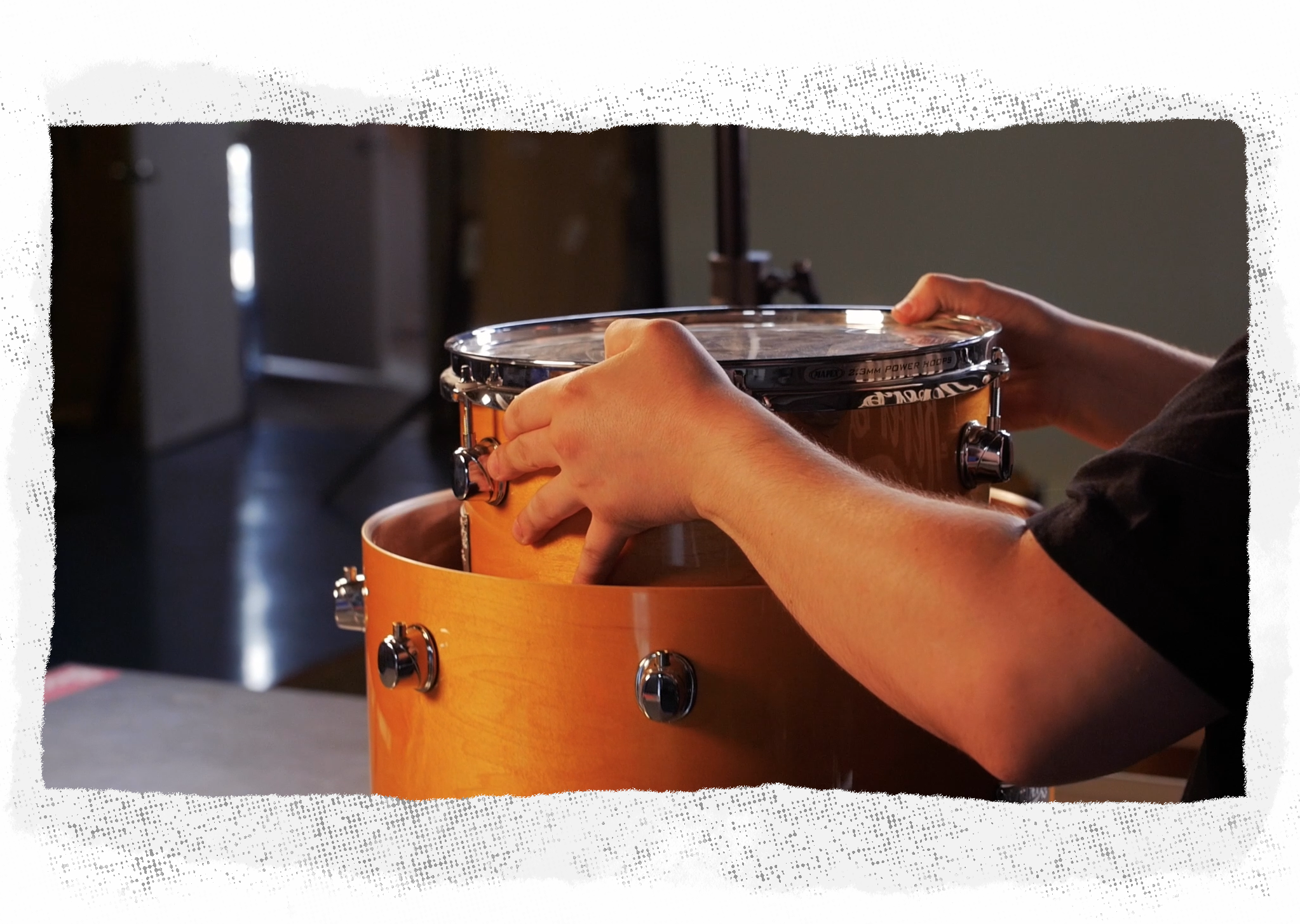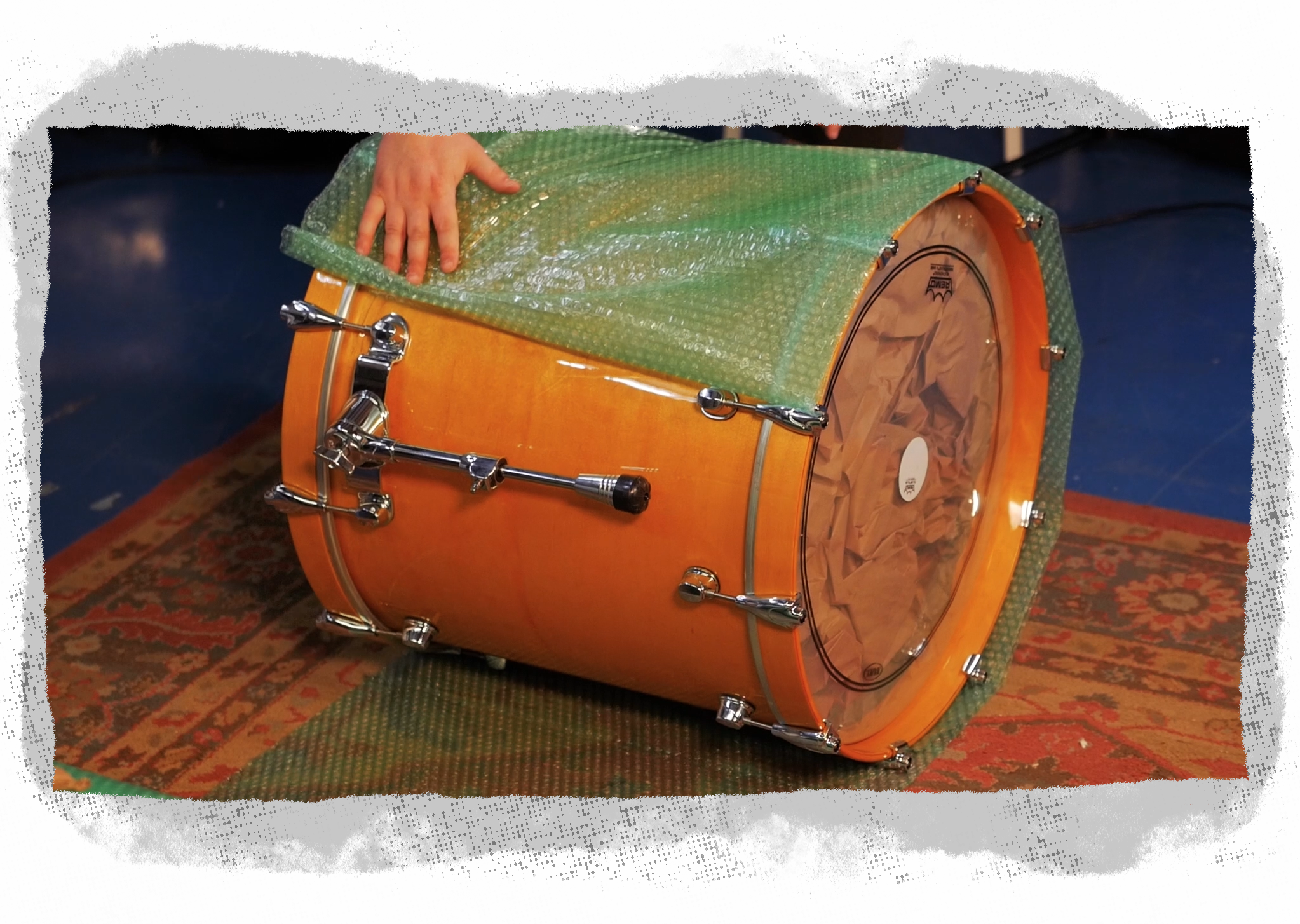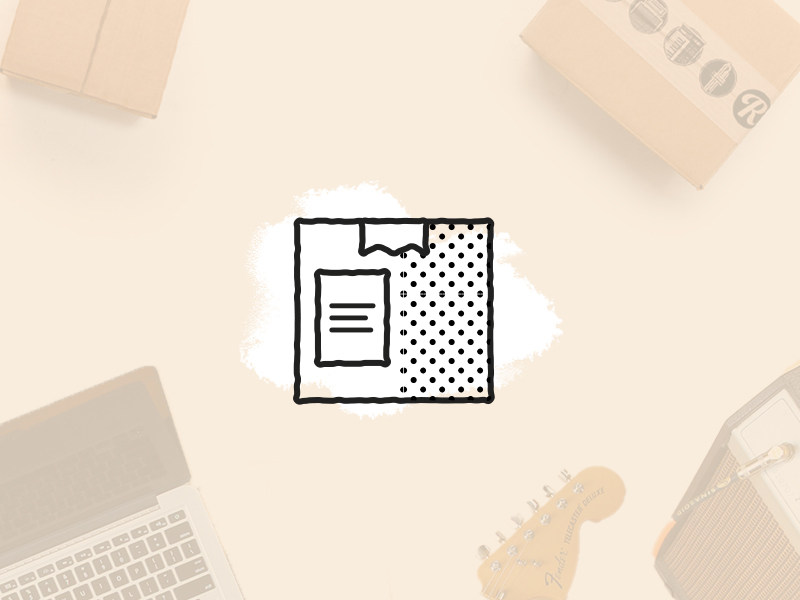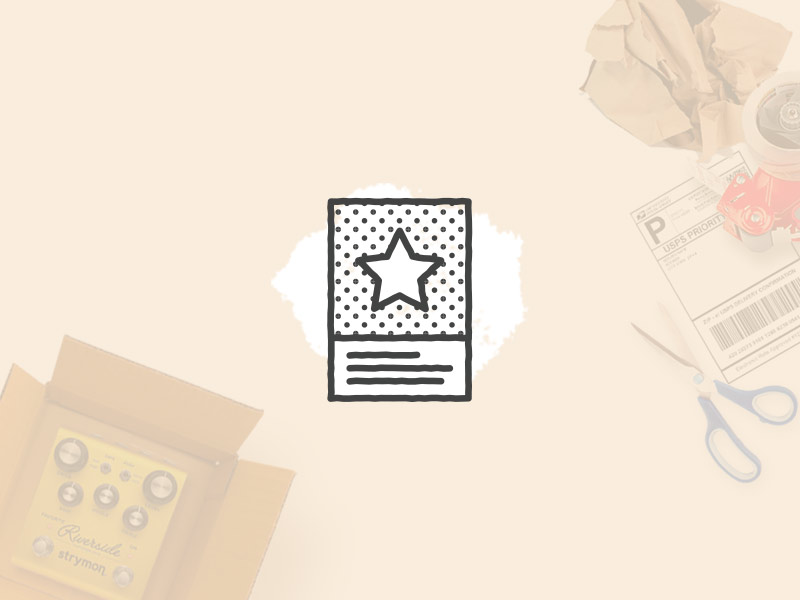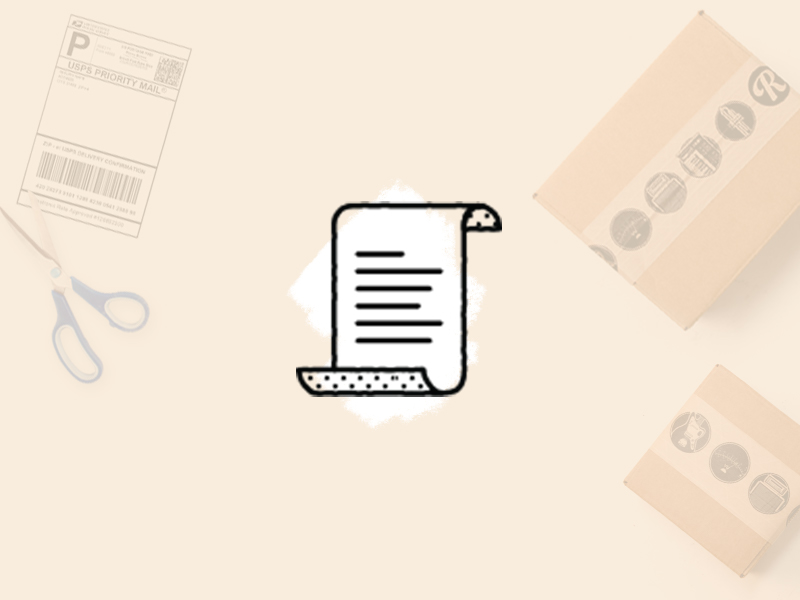Shipping an entire drum set is a thought that seems like a puzzle at best and a nightmare at worst, leading some people to sell their drums locally and give up thousands of potential buyers.
We've provided a guide to help you take the mystery and risk out of shipping your drums so you can sell them with confidence to the right buyer, regardless of where they might live. This video and description is for a simple three-piece kit with a kick, rack tom and floor tom, but the same steps apply to larger kits as well.
The key space-saving trick here is nesting. This means packing toms inside your kick drum. Depending on the size of your kit and boxes, you can potentially nest one rack tom into your floor tom into your bass drum, to include a full three-piece kit in one box. However, you may need to split your set into multiple boxes if some of the drums are too big to nest into the others.
Note: Nesting works really well—if and only if it's done properly. If you don't protect each drum correctly, you will damage them. That means making sure that absolutely no wood or metal is resting against other wood or metal, removing and packing all hardware separately, and using plenty of packing material.
You'll line the inside and outside of the kick with cardboard and fill it with foam sheets or bubble wrap to prevent the tom from shifting inside the kick drum. The kick drum is kept from shifting inside the box with foam slabs, which also protect the heads. Hardware needs to be wrapped up generously in bubble wrap and taped around and on both ends.
The same basic treatment can be used for individual drums (either another tom or a snare), without another drum inside. Read our play-by-play breakdown below.
Note: Nesting works really well—if and only if it's done properly. If you don't protect each drum correctly, you will damage them. That means making sure that absolutely no wood or metal is resting against other wood or metal, removing and packing all hardware separately, and using plenty of packing material.
You'll line the inside and outside of the kick with cardboard and fill it with foam sheets or bubble wrap to prevent the tom from shifting inside the kick drum. The kick drum is kept from shifting inside the box with foam slabs, which also protect the heads. Hardware needs to be wrapped up generously in bubble wrap and taped around and on both ends.
The same basic treatment can be used for individual drums (either another tom or a snare), without another drum inside. Read our play-by-play breakdown below.

